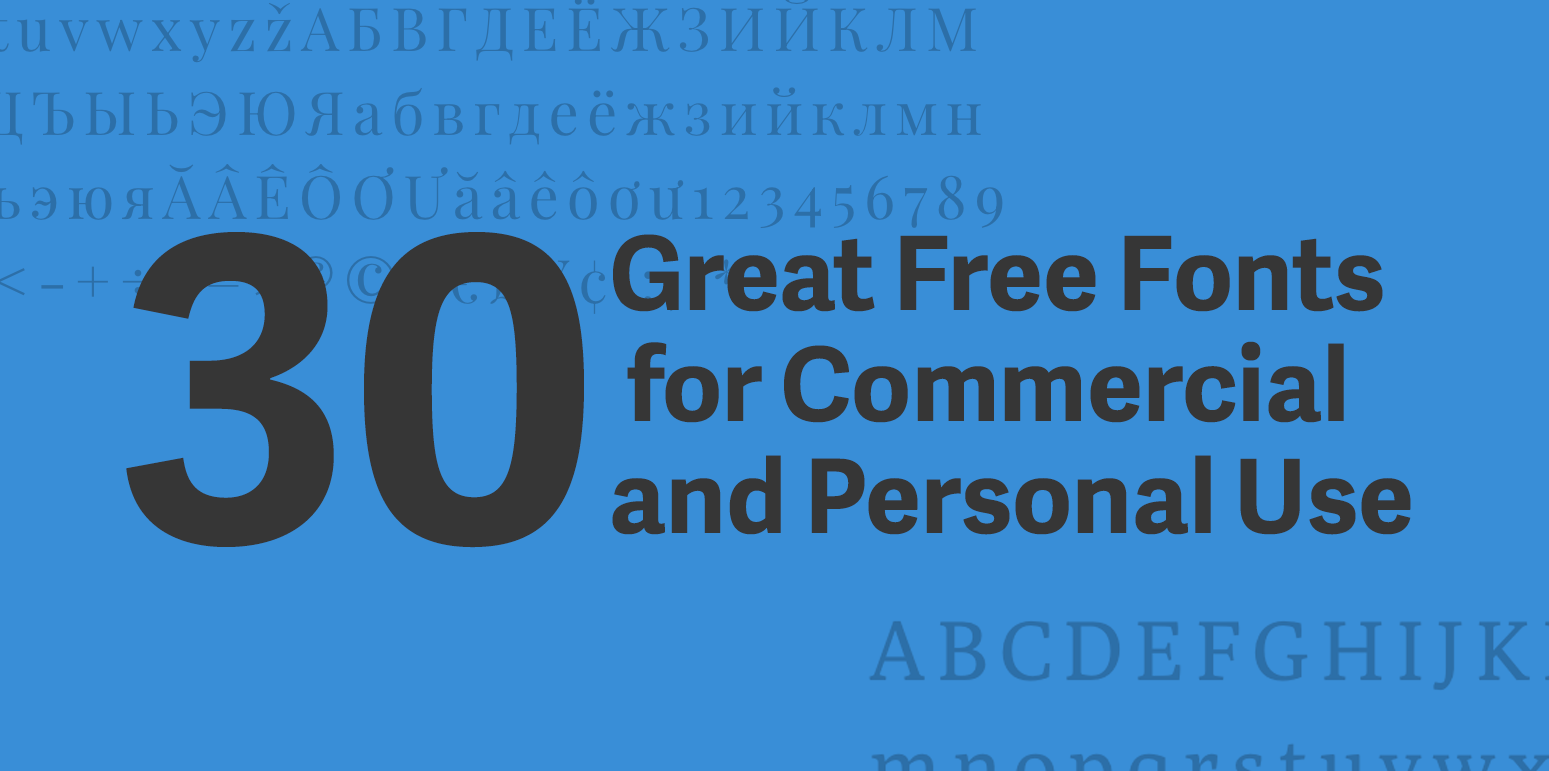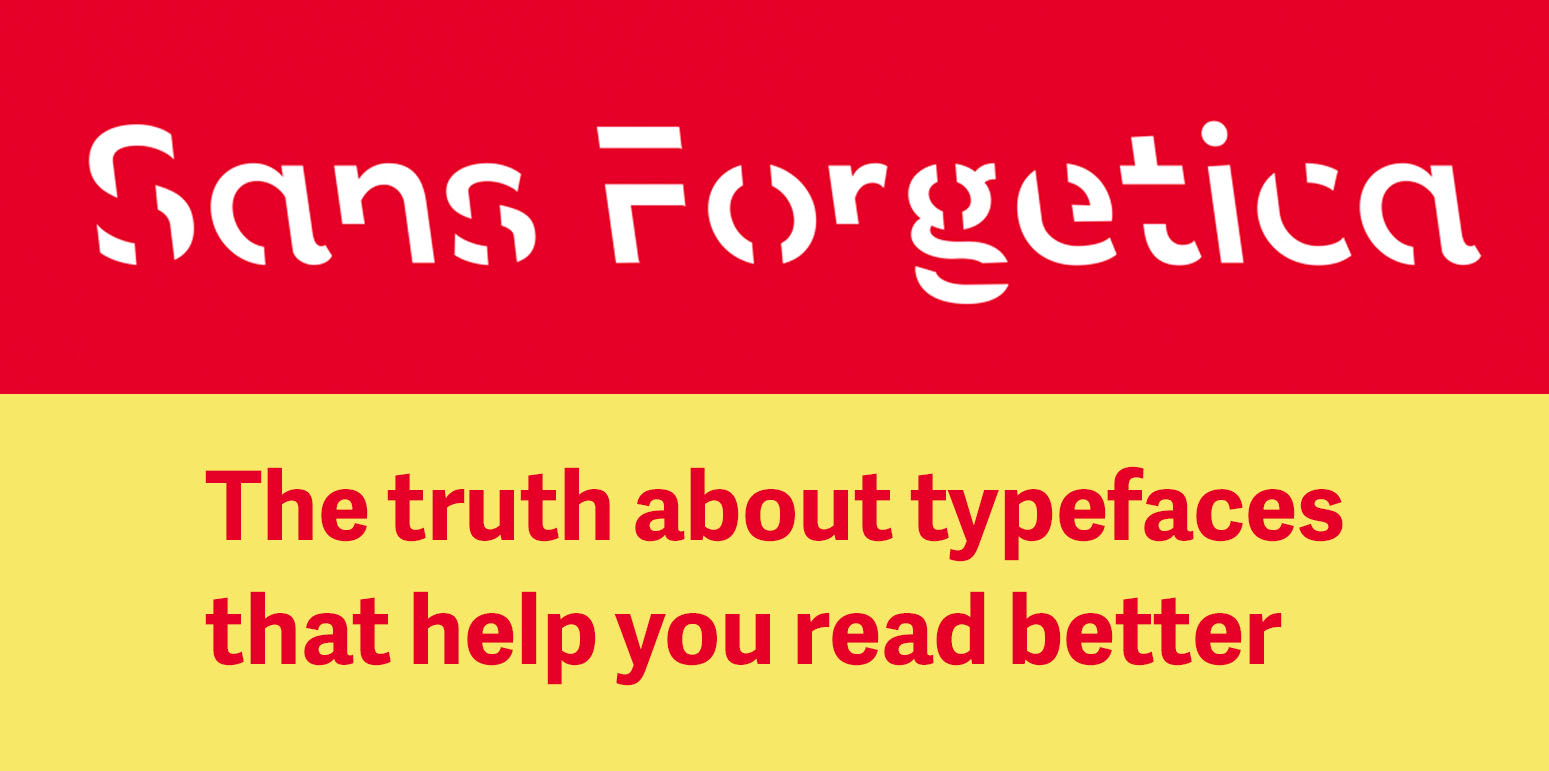Font Pairing Guide
I understand that there are already dozens of articles that talk about pairing fonts online so I feel slightly crazy writing another one. The reason that I am writing another post on the subject is because I find a lot of the articles aren’t particularly helpful. A lot of them just provide lists of pairs which doesn’t help if you want to use other fonts than what they have recommended, that also doesn’t teach how to make decisions on how to pair fonts.
A few thing I need to disclaim before we jump into the process of pairing fonts: font pairing can be hard and is something that takes time to learn, it is also subjective. Just because you think one pairing is good doesn’t mean another person will and vice versa. Finally, the way fonts appear are dependent on the design situation they are in which will affect the way the font pairing looks.
Do you need two fonts?
Does your design really need another typeface? Can you get by using one typeface? These are questions you need to ask yourself before you begin looking for another font. Often using other parts of a font family like bold, italic, or condensed can provide enough variation that a second typeface isn’t needed.
Choose your first typeface
If you need a second typeface now it’s time to choose your second typeface. Once you have decided on a first typeface you need to decide if you want your second typeface to be a serif or a sans serif?
Sans with a Sans / Sans Serif with Sans Serif
If you are doing a serif typeface with another serif or a sans with another sans you want to choose something that is visually different. If you choose two typefaces that are the similar you should go back to step one and decide if you really need another typeface (the answer is you don’t).
I would recommend choosing a more traditional typeface for the body body and large parts of text, this will make it easier for people to read and understand the information they need. Then you can use a more unique display face to stand out. For example you could pair Akzidenz Grotesk, for your body copy, with Cholla Wide which is a little more unique.
Sans with a Serif
If you are paring a Sans Serif with a Serif you have two courses you can take:
The first approach is you can seek typefaces that are similar but go well together. A great resource for this is type families that have serif and a sans serif in them, meaning they are specifically designed to go together. For example, you can use Meta Sans and Meta Serif. You won’t have to worry about them pairing well together since they were designed to solve that problem for you.
The second approach is to choose typefaces that are very different from each other, much like what you would do in step 3.1 if you have a sans with a sans or a serif with a serif. For example you can choose a Din with Rockwell. Din is a thin condensed font whereas Rockwell is a bold slab serif.
Font Pairing Flow Chart
Below is a flow chart that visually represents what I just talked about. Since we are designers I was thinking it would be easier to see this visually!
As I mentioned earlier This is just an introduction to font pairing. It is by no means the end-all authority on how to pair typefaces. The only way to get good at paring fonts is to do if yourself and practice. It is going to take time to choose fonts that go together, and each design and situation will be different.
If you have any questions feel free to leave it in the comments or reach out to me directly either here or on instagram!











The typographer John Hudson puts it best variable fonts are “a single font file that behaves like multiple fonts”